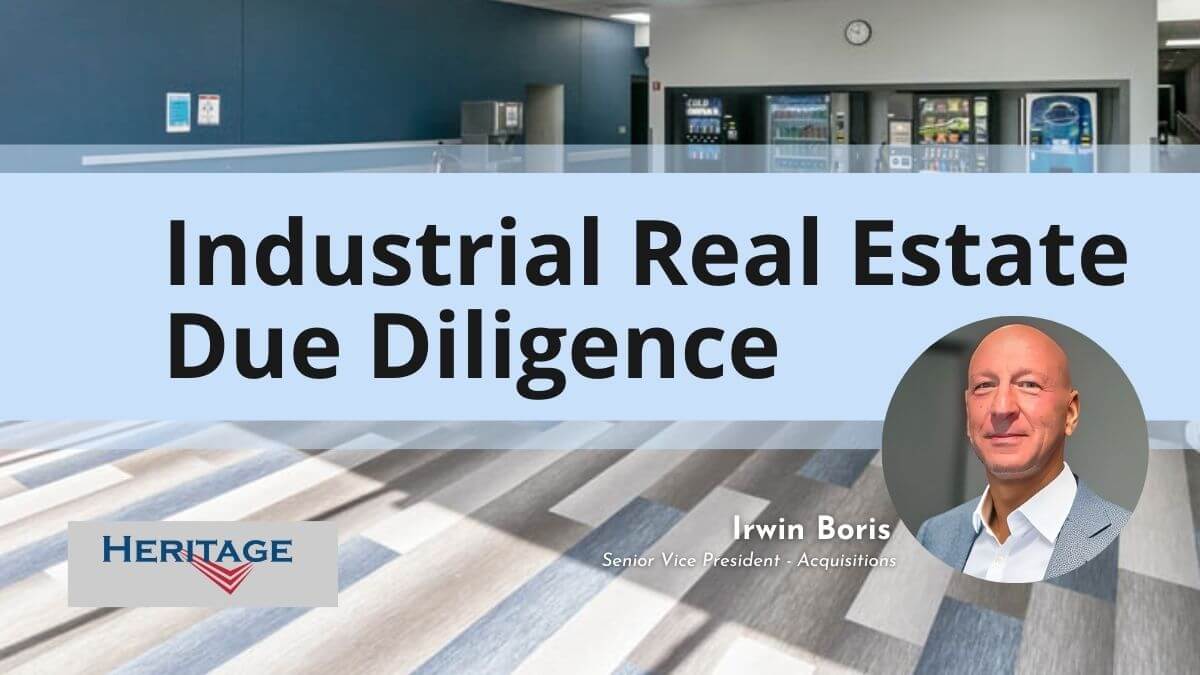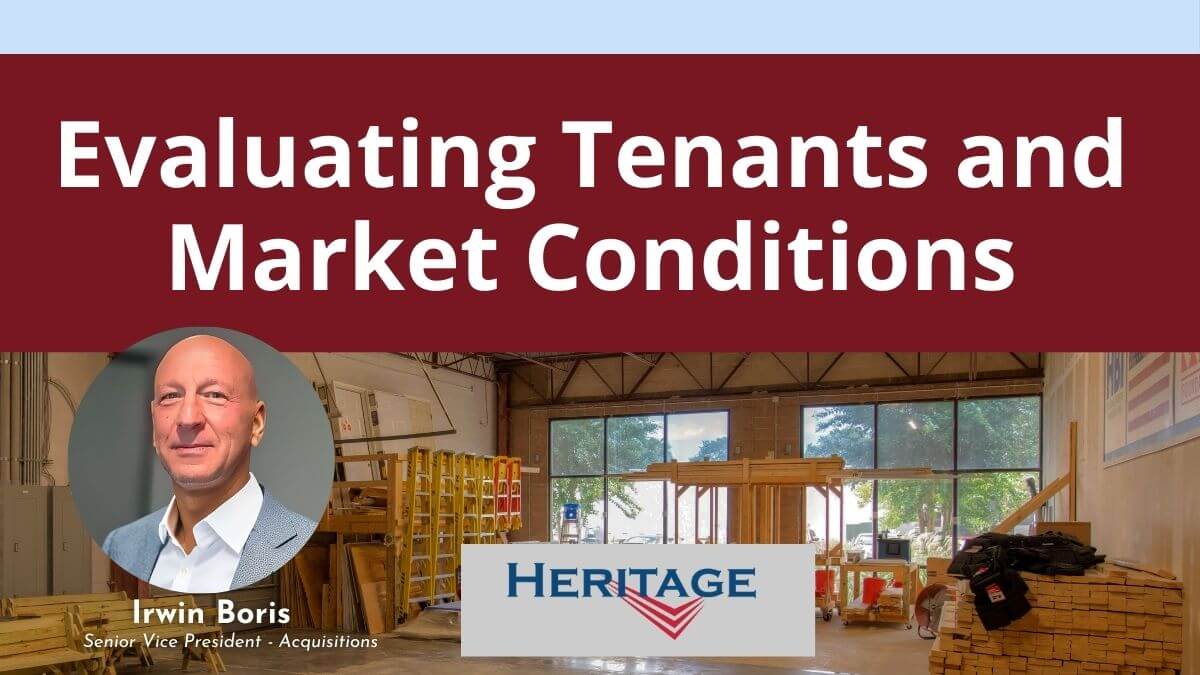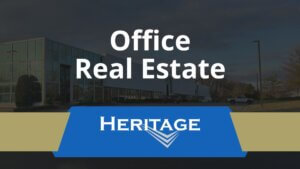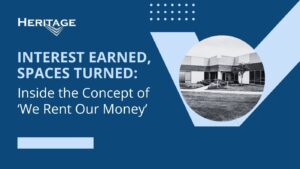From our standpoint, due diligence is far more than a mere procedural task; it is an in-depth exploration into the potential and viability of any real estate investment. Our rigorous process, which we liken to an academic approach, requires not just the gathering but also the analyzing of a wealth of information.

We assess each opportunity systematically, from evaluating tenant creditworthiness, engaging directly with them for firsthand insights, to conducting detailed market analysis, and running proforma stress tests across all assumptions to ensure we understand best, worst, and most likely scenarios.
Our approach ensures that when we commit to an investment, it is not just based on ticking off boxes but on a profound understanding of every aspect that protects investor capital (our #1 Rule is Don’t Lose Money!) and that influences its success.
Our next investment is under contract. Please join the waitlist for priority access when the deal goes live.
Reviewing Tenant Credit
The concept of tenant ‘credit’ is the extent to which we can measurably determine a tenant’s ability to and likelihood of continuing to make timely rent payments throughout the term of their lease. The higher the tenant credit like, for example, Amazon, the lower the yield on the investment is likely to be because the risk is significantly mitigated versus leasing to a company not as financially credible as Amazon.
Naturally, evaluating tenant credit plays a vital role in our due diligence process. As in the case of Amazon and other tenants of ours, some are publicly traded companies with considerable analyst coverage in the financial press so their financial health can be readily assessed via publicly available data.

Other, privately held tenants, have little or no public visibility or access to their financial circumstances. In these cases, we will request two or more years of financial statements as part of an extensive look into their finances and fiscal health in much the same was as a lender might review a prospective borrower seeking a loan.
For example, we might take additional steps to understand a tenant's creditworthiness by observing their business activity firsthand or by conducting thorough interviews with key personnel during which we attempt to get to understand their business better and secure financial disclosures – see more on this below. We will also conduct online research into tenant backgrounds, including from public and proprietary databases.
While credit tenant is importance, just how important can vary depending on location and demand. For instance, if a property is highly sought after with a waiting list capable of filling it multiple times over, tenant credit becomes less critical as the compensating factor is the demand for the space.
If the worst happens, and a tenant fails to meet their rent obligations, it is our job to ensure that we are prepared and positioned strategically within desirable locations to swiftly re-tenant spaces ensuring continued profitability and minimal disruption.
Interviewing Tenants
When it comes to tenant interviews, especially in the context of a multi-tenant flex building, our approach is usually determined by the size of the space we are evaluating. We often set a cutoff based on square footage, focusing on tenants occupying spaces over 10,000 or 15,000 square feet.
Sometimes, our attention might be directed towards the five or six largest tenants we have significant exposure to or those with upcoming lease renewals. This helps us gauge their likelihood of staying put – what we refer to as their 'stickiness' – or whether we will need to find new tenants for their spaces shortly after closing.
Part of this process involves a thorough examination of leases. For instance, if a tenant has been in place for ten years and their lease requires them to notify us 12 months in advance about renewal intentions, we need to understand where we stand within that time frame.
Discussions with tenants then revolve around how their business is faring, whether they require more space, and what their future plans might entail. We make it clear that there is a notice provision in their lease requiring action on their part soon after closing. Introducing prospective tenants into the mix by showing the space can sometimes expedite the decision-making processes of existing tenants.
A common mistake among industrial buyers is underestimating the possibility of losing tenants. That is why we never leverage more than 65%, acknowledging that with even the best-laid plans, things can go awry. Mitigation lies in limiting potential issues from arising, the old adage “an ounce of prevention is worth a pound of cure,” absolutely rings true within the context of industrial real estate leases.
Building Structure Due Diligence
By involving both our in-house engineers and third-party engineers alongside facilities managers from buildings early on, we gain comprehensive insights into how spaces function and any existing problems or maintenance needs concerning major building systems. These might include looking at Heating Ventilation and Air Conditioning (HVAC) systems, power (electrical) supply (is it sufficient to support proposed building use), roofing systems, foundations, parking surfaces etc.
We also set aside what we like to call 'rainy day money'. Beyond standard analyses which account for rollover probabilities and ongoing improvements costs imputed by software tools like Argus, we often earmark additional funds – possibly up to $1 million for upfront capital improvements plus another $500k for contingencies not immediately apparent.
This extra financial cushion serves multiple purposes: addressing unique tenant improvement requirements beyond minimum standards for potentially creditworthy long-term lessees; enabling property modifications like subdividing larger spaces; and facilitating negotiations with lenders regarding reserves required for future tenant improvements without impacting distributable cash flow.
The key objective of holding onto reserve capital like this helps mitigate the need for additional cash during the time we own an asset, helping to protect investor capital by ensuring we have the liquidity to meet any unexpected financial needs along the way. After operating the property for a period of time, we evaluate the reserves , and have periodically returned capital to investors.
Lender Requirements
In addition to our own due diligence on a building, our lenders also have their own, often extensive, checklists for evaluating a loan that overlap and, in many cases, are accretive to our own due diligence.
For example, lenders typically will request utility bills, real estate tax documents, and other expense records for the building for the past few years – despite these being expenses usually covered by tenants in "triple net" buildings. Maintenance records, income and expense reports, insurance histories, and other critical documents all form part of this comprehensive review.
Naturally though, our due diligence doesn't stop at satisfying lender requirements. It extends into every facet of the property and its operations, scrutinizing aspects that go beyond what is on paper to ensure we are making informed decisions that align with our strategic goals.
Tracking Insurance Costs
Insurance costs are another significant consideration for us. These costs rose considerably in the years during and after the Covid pandemic, although not as much for industrial properties compared to multifamily ones.
We manage our insurance costs through multi-state, multi-asset blanket policies which help distribute risk more effectively and keep costs down. Even though these costs are ultimately borne by the tenants, minimizing insurance and overall occupancy costs can significantly enhance rental potential.
Due Diligence and Depreciation
Depreciation is a tax Code concept that recognizes the fact that a building and its systems gradually breaks down over time. Simply stated, the code allows for an estimate of how much a building is depreciating in this way to be deducted as a ‘loss’ against income from rents. Where possible, this depreciation is passed through to our investors, potentially offsetting cash flow distributions or capital gains from their usual tax liabilities.
Depreciable basis (the cumulative depreciation to be accounted for over the lifespan of an asset) varies significantly across different property types and varies according to the building system being depreciated.
Although industrial properties and their related systems may not boast the highest depreciation benefits, with flex spaces emerge as more advantageous in this aspect, we always leverage any depreciation benefits that might accrue on a building. That said, we never factor depreciation into our underwriting of an acquisition opportunity or let it influence our decision whether or not to buy. A building must standalone as a viable investment – the tax benefits from depreciation are merely a bonus.

Excellence in Due Diligence
At Heritage Capital, our approach to due diligence involves a meticulous evaluation of a wide array of opportunities, selecting only those that meet our high standards. Any phase of the market cycle can present potential investment opportunities.
Central to our investment strategy is the pursuit of opportunities that promise predictable cash flow and the opportunity to double our money during the hold period. We prioritize investments that do not require frequent renovations or upgrades, distinguishing them from the complexities often found in other real estate ventures.
A key aspect of our methodology is to minimize the risk of loss. Our goal is to maintain steady investor distributions, meticulously manage risk through careful capital allocation, and ensure that the downside is protected. – RULE #1 – DON’T LOOSE MONEY !
Our commitment extends beyond financial analysis; we conduct thorough lease reviews, engage proactively with tenants, and consider strategic property modifications. These practices are fundamental to our objective of achieving full occupancy and maintaining strong asset performance over time.



